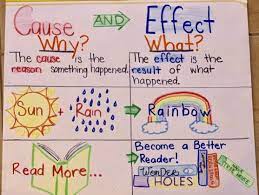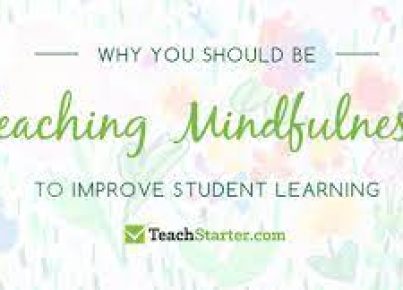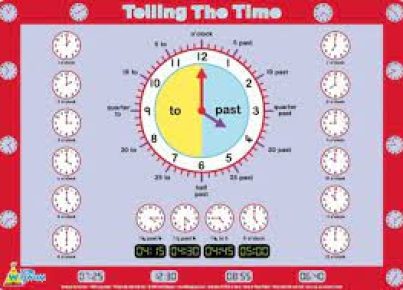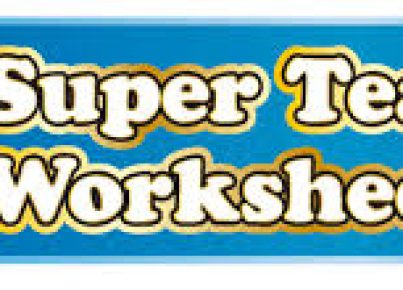Introduction:
Understanding cause and effect is an essential skill for students, as it helps them develop critical thinking and problem-solving abilities. This comprehension of cause and effect relationships allows them to better grasp complex concepts across various subjects. To make learning this vital skill fun and engaging, here are 20 cause and effect activities that students will love.
1. Domino Effect: Set up a series of dominos and let the students predict the outcome before knocking them over to demonstrate a chain reaction.
2. Skit Writing: Have students create their own short skits showcasing a cause and effect scenario in a creative and entertaining way.
3. Weather Patterns: Teach students about how specific weather events can lead to certain effects on the environment and humans.
4. If-Then Statements: Encourage students to write if-then statements that outline various cause-effects possibilities, enhancing their understanding of logical consequences.
5. Experiment Time: Give students simple experiments (like mixing baking soda and vinegar) to observe the reactions, providing valuable firsthand experiences with cause and effect principles.
6. Historical Cause and Effect: Analyze historical events or periods, asking students to explain how specific actions or circumstances led to particular outcomes.
7. Literature Cause and Effect: Have students identify cause-effect relationships within their favorite books or stories, increasing their awareness of literary strategies authors use.
8. Cause-Effect Chain: Develop a giant cause-effect chain on the classroom wall, adding causes/effects they come across daily in classwork or life experiences.
9. Video Analysis: Show a short video clip without sound; have students predict what could potentially happen next based on what they have seen so far.
10. Problem-Solving Scenarios: Present scenarios highlighting real-life issues, prompting student discussions on potential causes and possible solutions that stem from those root causes.
11. Cause-Effect Flashcards: Use matching flashcards where one side has a cause, and the other side shows the corresponding effect for interactive games and memory exercises.
12. Charades: Have students act out cause and effect scenarios in a fun and engaging game of charades.
13. Cause-Effect Poker: Deal cards with either causes or effects written on them and ask students to find their corresponding partner.
14. Interactive Worksheets: Use interactive worksheets with various cause-effect scenarios for students to solve individually or as small groups.
15. Comic Strips: Have the students create comic strips that visually illustrate various cause-and-effect relationships.
16. Sentence Building: Provide sentence starters that require students to identify and complete cause-effect relationships within a sentence.
17. Cause-Effect Race: Organize a friendly competition where students must correctly identify cause-effect relationships as quickly as possible.
18. Storytelling Circle: Have students take turns telling stories, while other group members identify and discuss the cause-effect relationships in each narrative.
19. Concept Maps: Utilize concept maps to illustrate complex cause-effect relationships visually, helping them recognize patterns and make connections between events.
20. Digital Exploration: Make use of digital apps or online platforms tailored for teaching cause and effect concepts in an interactive manner that engages tech-savvy youth.
Conclusion:
Integrating these enjoyable and innovative activities into your lesson plans will not only help students develop a strong understanding of cause and effect but also foster their enthusiasm for learning. The ability to discern causal relationships will equip them with the necessary tools to excel in their academic endeavors and later thrive in real-world situations.





